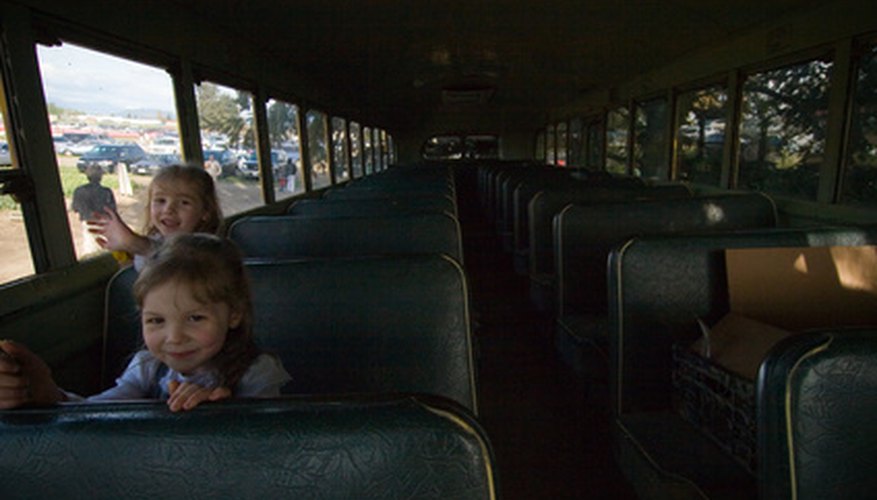Students often become bored, agitated and uninterested sitting in a classroom for long periods of time. They may tune out instructor comments and become lost in their own private world. One way for educators to keep students fully engaged is to incorporate field trips into course curricula.
Self-directed Learning
Field trips give students the opportunity to direct their own learning process. When orienting students for a field trip, educators should emphasise students' responsibility to teach themselves something. A group of researchers from the National Association for Research in Science Teaching found that "students who were given an orientation focusing on their own personal agendas ... showed significantly higher learning than (those who were not)." Field trips can be effective teaching tools because they encourage students to teach themselves.
- Field trips give students the opportunity to direct their own learning process.
Loss of Time
On the negative side, field trips can be time-consuming. Students must be prepared beforehand, and travel will add even more time to a field trip. Teachers attempting to make it through a tight curriculum schedule may find the loss of time particularly taxing. When planning a field trip, it's important to be realistic about how many hours you can divert from the standard curriculum.
- On the negative side, field trips can be time-consuming.
- When planning a field trip, it's important to be realistic about how many hours you can divert from the standard curriculum.
Stimulating Curiosity
A lot of education in the classroom is based on the observe-and-copy model. The teacher solves a math problem on the board, and the students follow the same steps to complete math problems on a worksheet. This model can be problematic. According to Dr. Noboru Kobayashi, observe-and-copy lacks contemplation and thought about why the activity is important. Field trips help break students out of observe-and-copy mode by placing them in non-classroom environments.
- A lot of education in the classroom is based on the observe-and-copy model.
- According to Dr. Noboru Kobayashi, observe-and-copy lacks contemplation and thought about why the activity is important.
Less Control Over Students
When students and teachers interact in environments outside the classroom, teachers may have difficulty controlling student behaviour and ensuring students safety. It can be especially hard to maintain control in open spaces like parks or museums. During the orientation phase of any field trip, brief students about safety and behaviour protocol to ensure an enjoyable learning experience for all.
